History of Rajahmundry
- by Prasad chavali
- 0 Comments
- 2,632 views
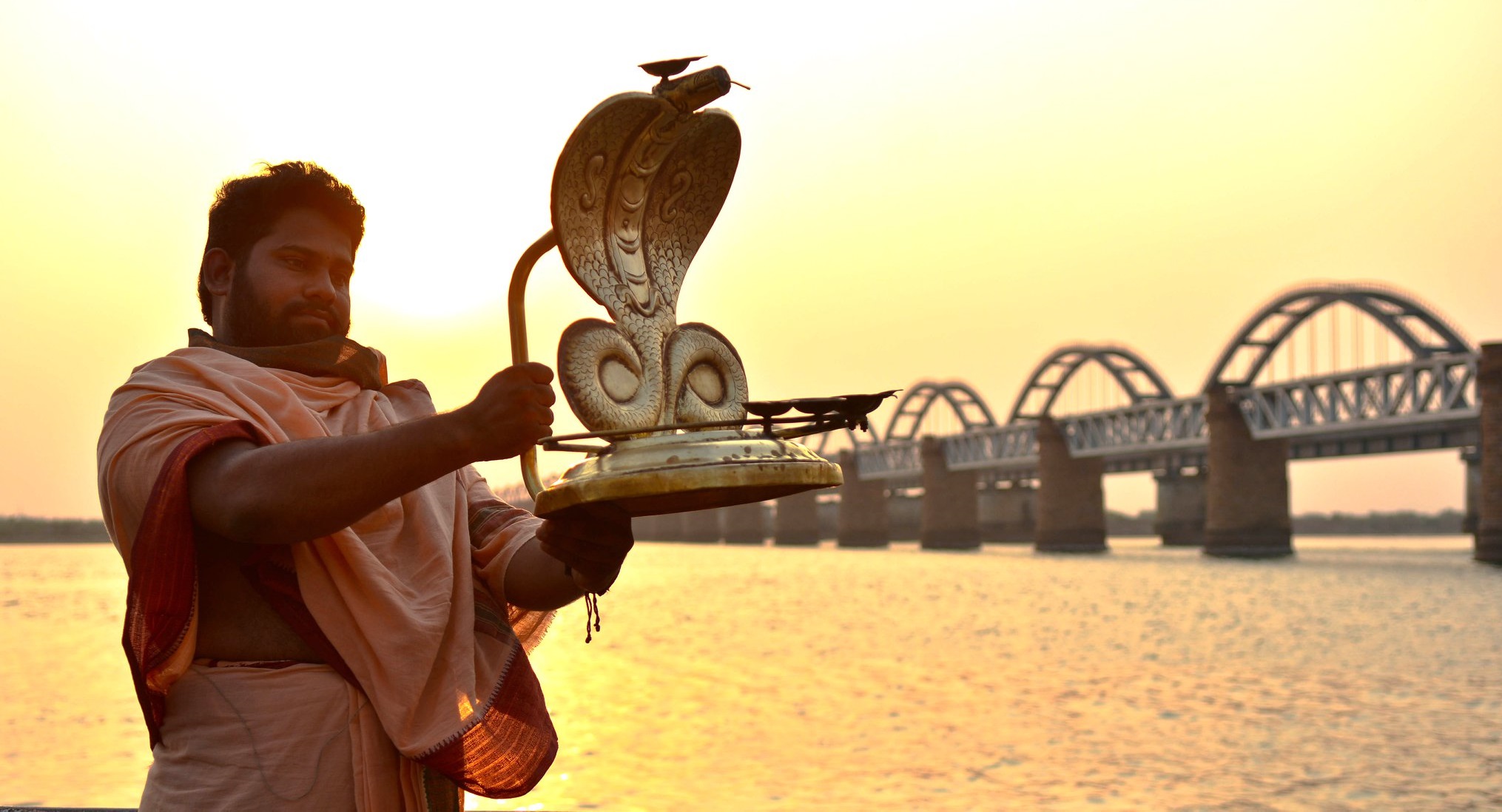
The Historical city of Rajahmundry is famous all over the A.P. for its Political, Economical, Social, Cultural background.
In its earlier days it was called Rajahmahendrapuram. Later the name was changed to Rajahmahendravaram and in later stages during the reign of Mohammedans and British rule the name underwent many changes like Rajahmahendramu, Rajamandramu, Rajahmundhri and finally now Rajahmundry. Some people call it with the name “Rajahmahendri” also..
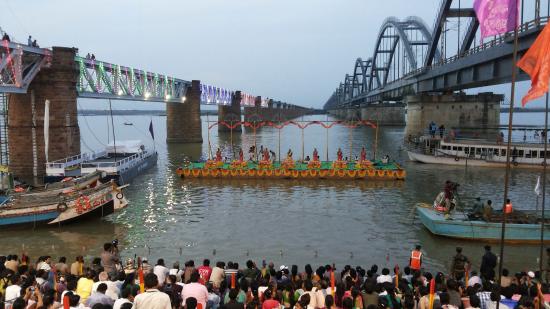
Rajahmahendrapuram – Its Establishment
It is difficult to know the history of this city before Chalukya’s. Basing on the few proofs gathered by the Historians, two theories exist about the origin of Rajahmundry.
- According to the first theory, Rajahmundry was established by Ammaraja Vishnuvardhana, the first (919 – 934 AD). Some people believe in this theory as Vishnuvardhana had the title “Rajamahendra”. His predecessor Ammaraja Vijayaditya, the second (945 – 970 AD) had Rajaraja Narendra (1022 – 1061 AD) had the same title “Rajamahendra”.
- According to the second Theory, Rajaraja Narendra established the city Rajahmahendrapuram. This theory was based on the statement “Rajamahendrapura sthatha RajarajaNarendra“. (Kavyalankara Chudamani written by Pedanna). Both the theories didn’t have any Archeological proofs. But the proofs in the recent excavations show that this city belongs to the reign even before Eastern Chalukya’s.
History during and after Rajaraja Narendra’s reign (1020 -1072)
Though Rajahmundry was a famous town during VengiChalukyan’s, the city got its fame during the rule of Rajaraja Narendra. His period was famous for the Social and Cultural heritage. During his rule of approximately 41 years, there was no stability and peace due to the disputes in the kingdom. The city got its fame when Nannayya started the translation of ” The Mahabharata” into telugu on his request .
After Rajaraja Narendra, Vijayaditya ruled the kingdom ( 1062 – 1072 AD). Later it was ruled by KulotungaChola, his son RajarajaVengi-the second and others who stated themselves to be Cholas and Chalukyas. Later it became a part of Kakatiya’s dynasty.
Rajamahendravaram after the Kakatiya rule (1323 AD)
The city didn’t have any special history during the Kakatiya rule. In 1323 AD UlgKhan (Muhmad-bin Tughlak) conquered Orugallu (now known as Warangal) and the Kakatiya dynasty came to an end. He conquered Rajahmahendravaram and appointed Gujjar as Governor. The present mosque at the heart of the city was the temple of Sri Venugopala Swamy (built during the period of Vengi Chalukyas) before Tughlak’s period. It was demolished and was converted into Mosque, and the carvings on the name of Ghiyajuddin Tughlak at the entrance of the Mosque stands as the proof for this statement.

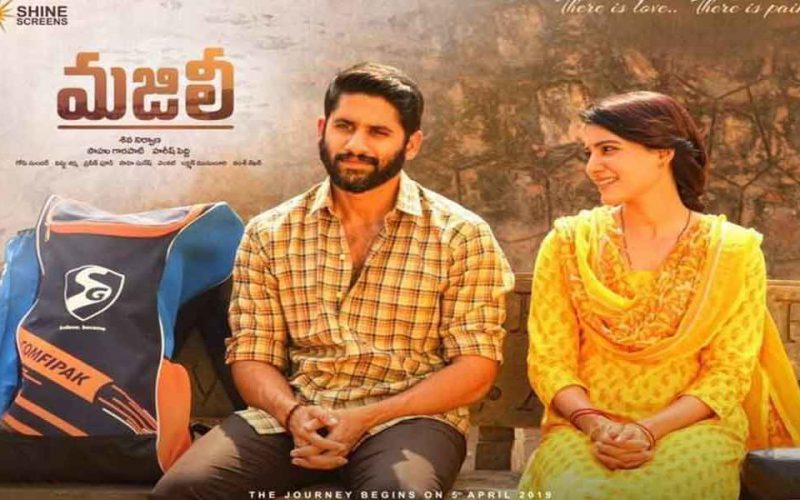
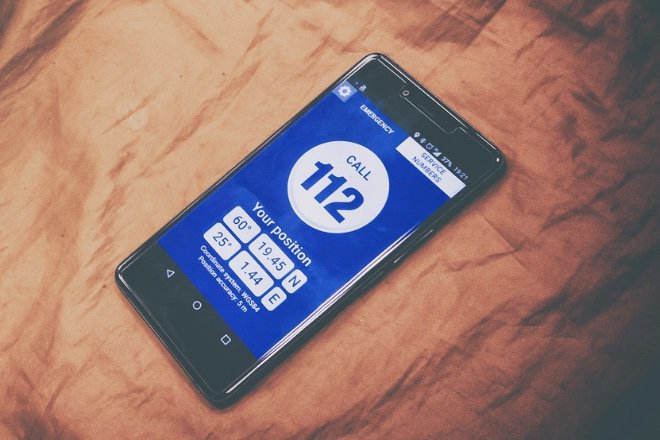
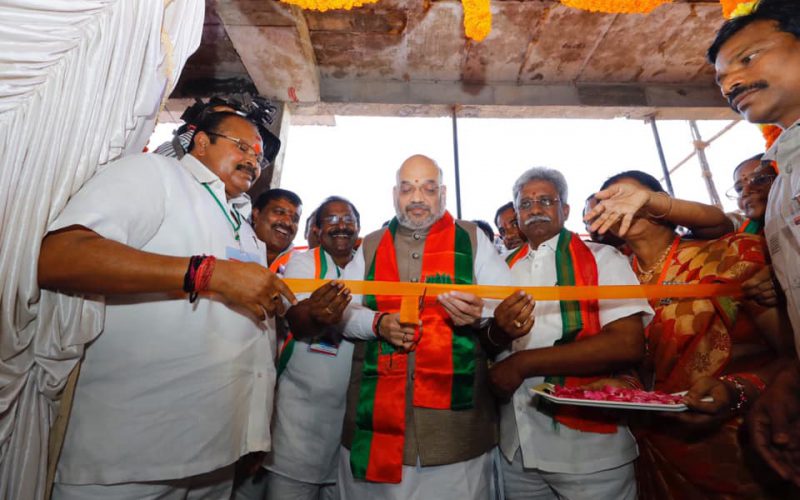
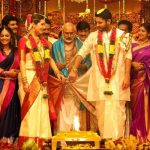



0 Comments